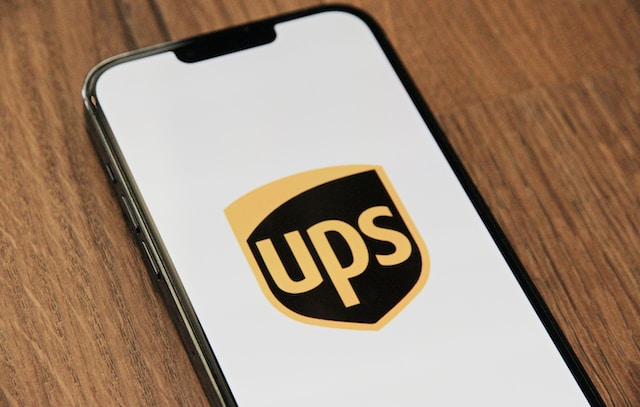Every penny counts in business. So when it comes to shipping costs, it’s essential to ensure that you’re not overpaying for services you’re not using or for mistakes made on your UPS invoices. That’s where auditing your UPS billing center for potential refunds comes into play. In this blog, we’ll guide you through the process, helping you uncover hidden savings that could significantly impact your bottom line.
A Bit About UPS Billing
Before we dive into the auditing process, let’s first get a grasp on how UPS billing works. When you ship packages with UPS, you’re charged based on various factors, including package weight, dimensions, delivery speed, and destination. These charges are typically detailed in your UPS invoices, which you receive on a regular basis. To make sure you’re not overpaying, it’s crucial to comprehend the billing elements and review your paperwork to make sure you’re not due for a UPS billing center refund.
Start by reviewing invoice components. Your UPS invoice isn’t just a random number. It’s a breakdown of various charges and fees that contribute to your overall shipping costs. To start auditing, carefully review your business invoices for the different components. These include base shipping rates, surcharges, additional services, and taxes and duties. Understanding these components is the first step in identifying potential refund opportunities.
Spot Common Billing Errors
Now that you have a firm grasp of UPS billing, let’s move on to identifying common billing errors that could result in refunds. One of the most frequent errors is duplicate charges. These occur when UPS bills you multiple times for the same shipment. This can happen if a shipment is scanned multiple times or if there’s a glitch in their billing system. To identify duplicate charges, compare your invoices to your shipment records. If you notice discrepancies, contact UPS customer service to resolve the issue and request a refund for the overcharges.
Another issue is with incorrect package dimensions. UPS bases shipping rates in part on package dimensions. If the measurements are entered incorrectly when creating a shipping label, you could end up paying more than necessary. Regularly check your invoices against your actual package dimensions to catch any discrepancies.
Late deliveries can also be a source of potential refunds. If UPS guarantees a delivery time but fails to meet it, you may be eligible for a refund of the shipping charges. Keep track of delivery dates and compare them to the promised delivery times to identify late shipments.
Conduct a Thorough Audit
Now that you know what to look for let’s talk about how to conduct a comprehensive audit of your UPS billing center. Start by gathering your UPS invoices for the past several months. You’ll want to have a clear record of your shipping history to compare against the charges on your invoices.
To keep track of your audit findings, create a spreadsheet with columns for the invoice date, shipment date, shipment details, billing components, and total charges. Having a structured spreadsheet will make it easier to identify discrepancies and calculate potential refunds.
Now, compare the details on your invoices to the actual shipments you made during the same period. Pay close attention to the factors mentioned earlier. Things like duplicate charges, incorrect dimensions, late deliveries, and address correction fees are going to be where most overpayment errors are. As you go through your invoices, highlight any discrepancies or potential refund opportunities. Be thorough, as even small errors can add up over time.
Initiate the Refund Process
Once you’ve identified potential refund opportunities, it’s time to initiate the refund process with UPS. Reach out to UPS customer service through their website or by phone. Explain the specific discrepancies you’ve found and provide supporting documentation, such as tracking numbers and invoice copies. UPS customer service representatives are generally helpful in addressing billing issues.
UPS has a time frame for refund requests, typically within a specific number of days from the invoice date. Make sure to submit your refund requests within this window to ensure they’re processed promptly. Keep records of all communication and reference numbers for your refund requests. After submitting refund requests, keep an eye on their status. UPS will review your claims and issue refunds if they validate the discrepancies. Be patient, as the process may take some time.
Related Posts












